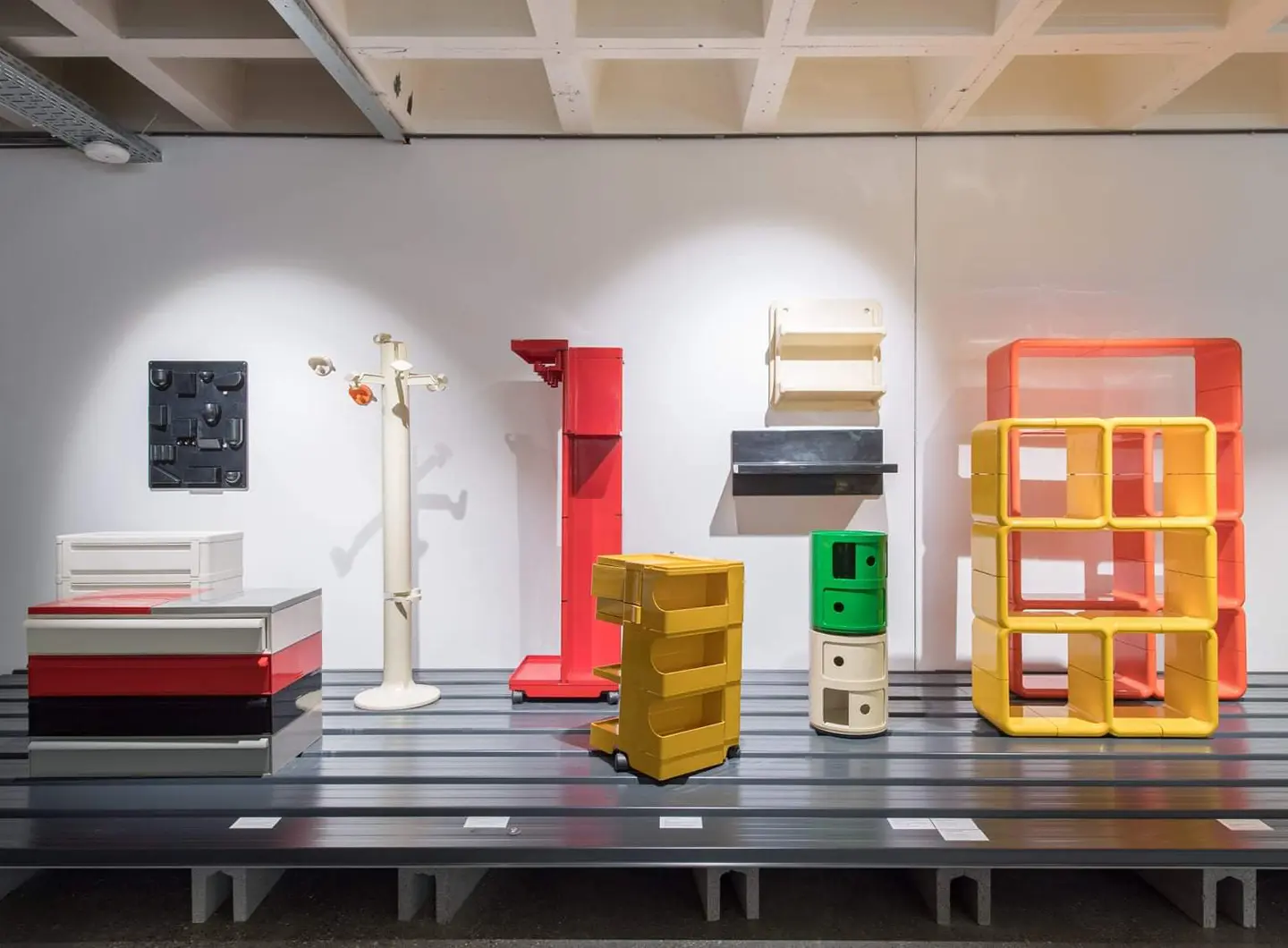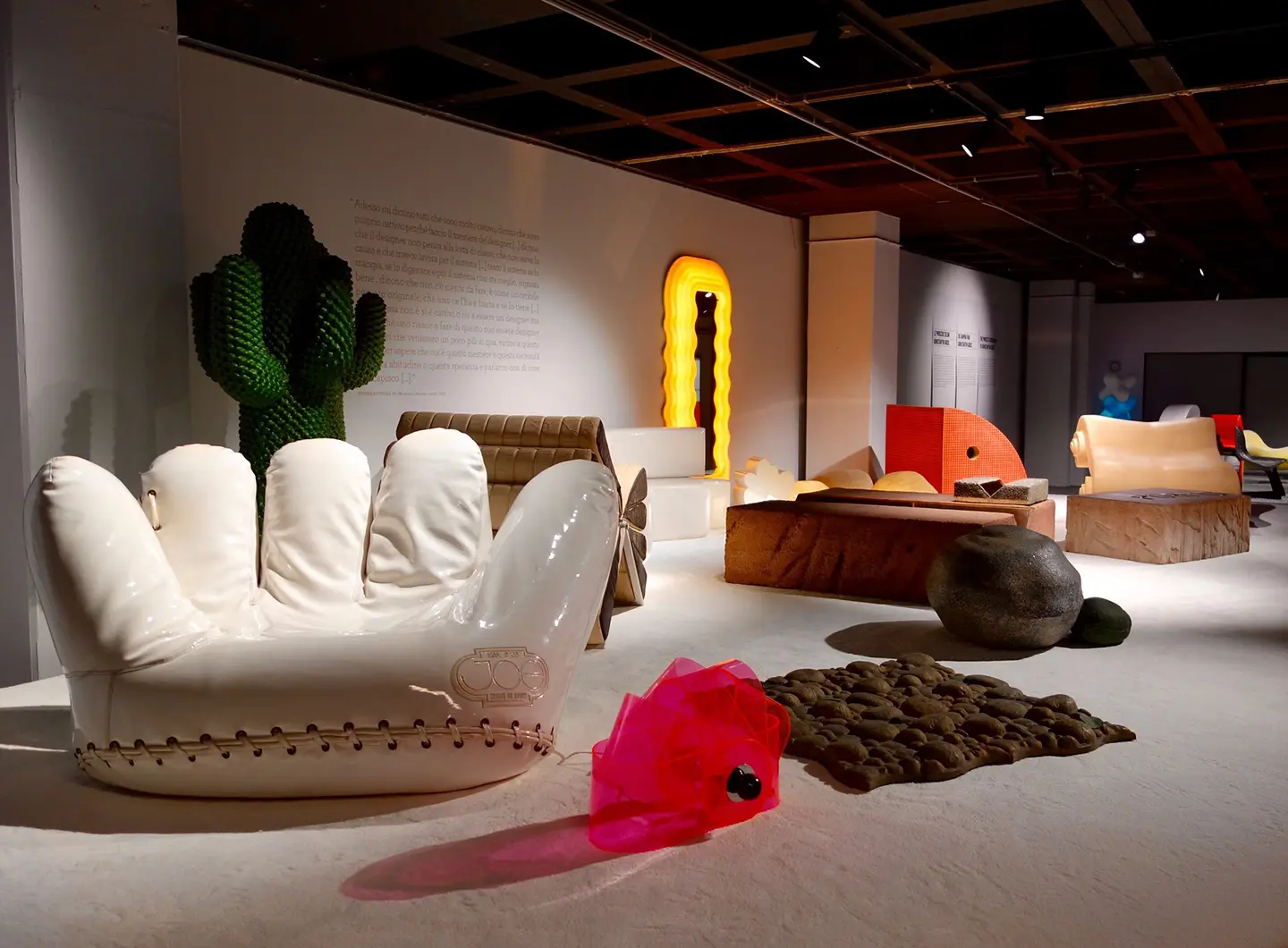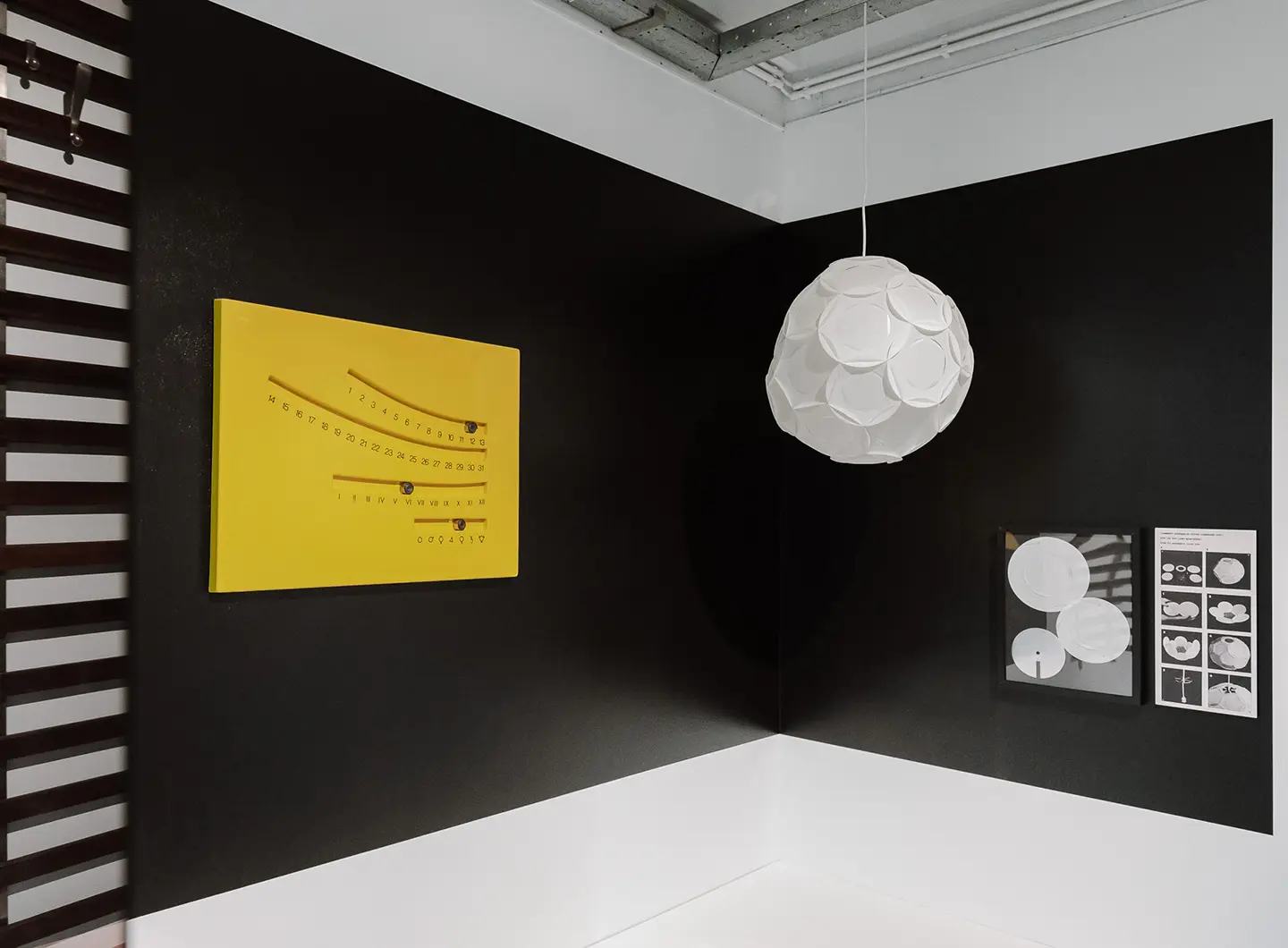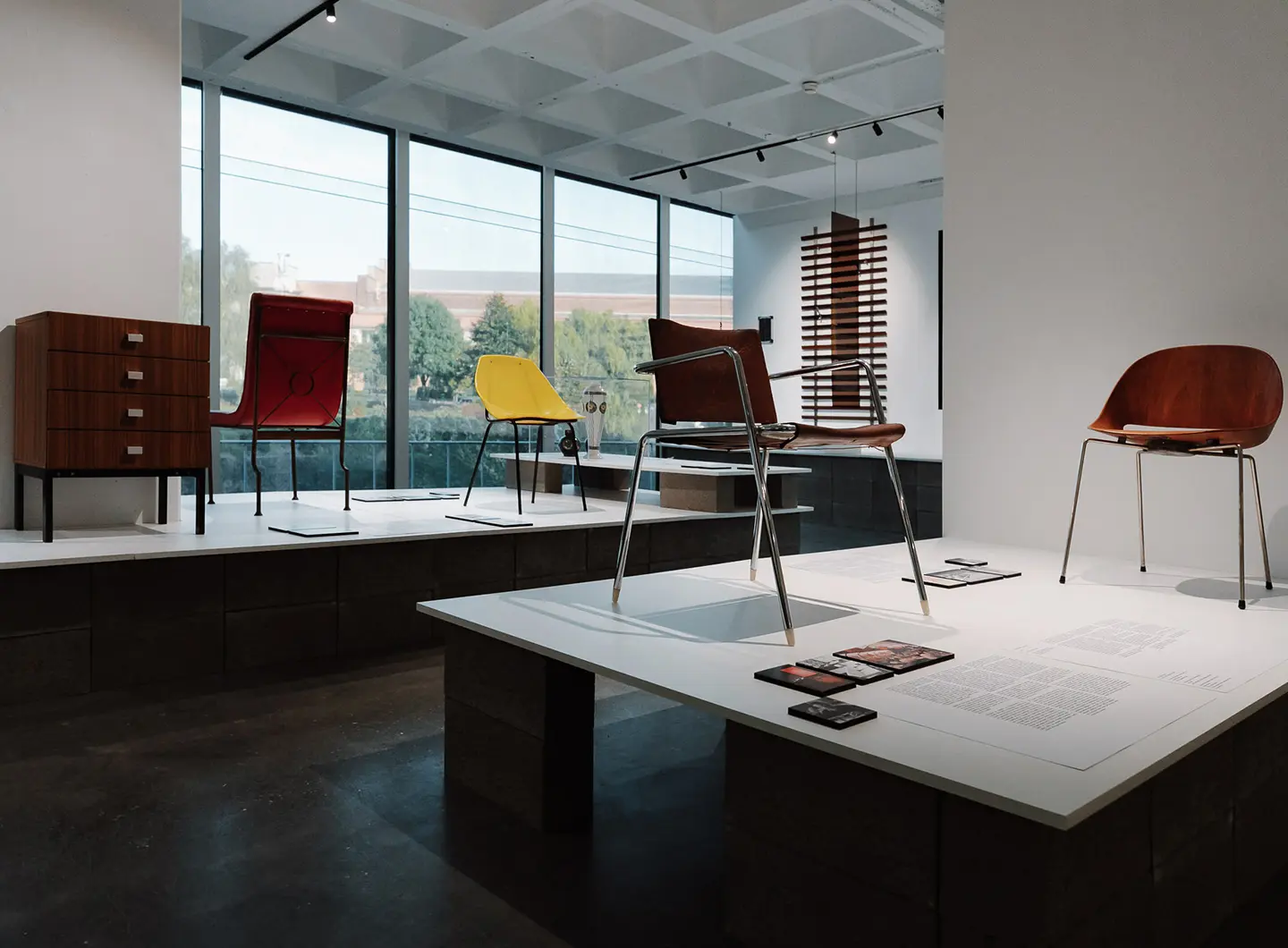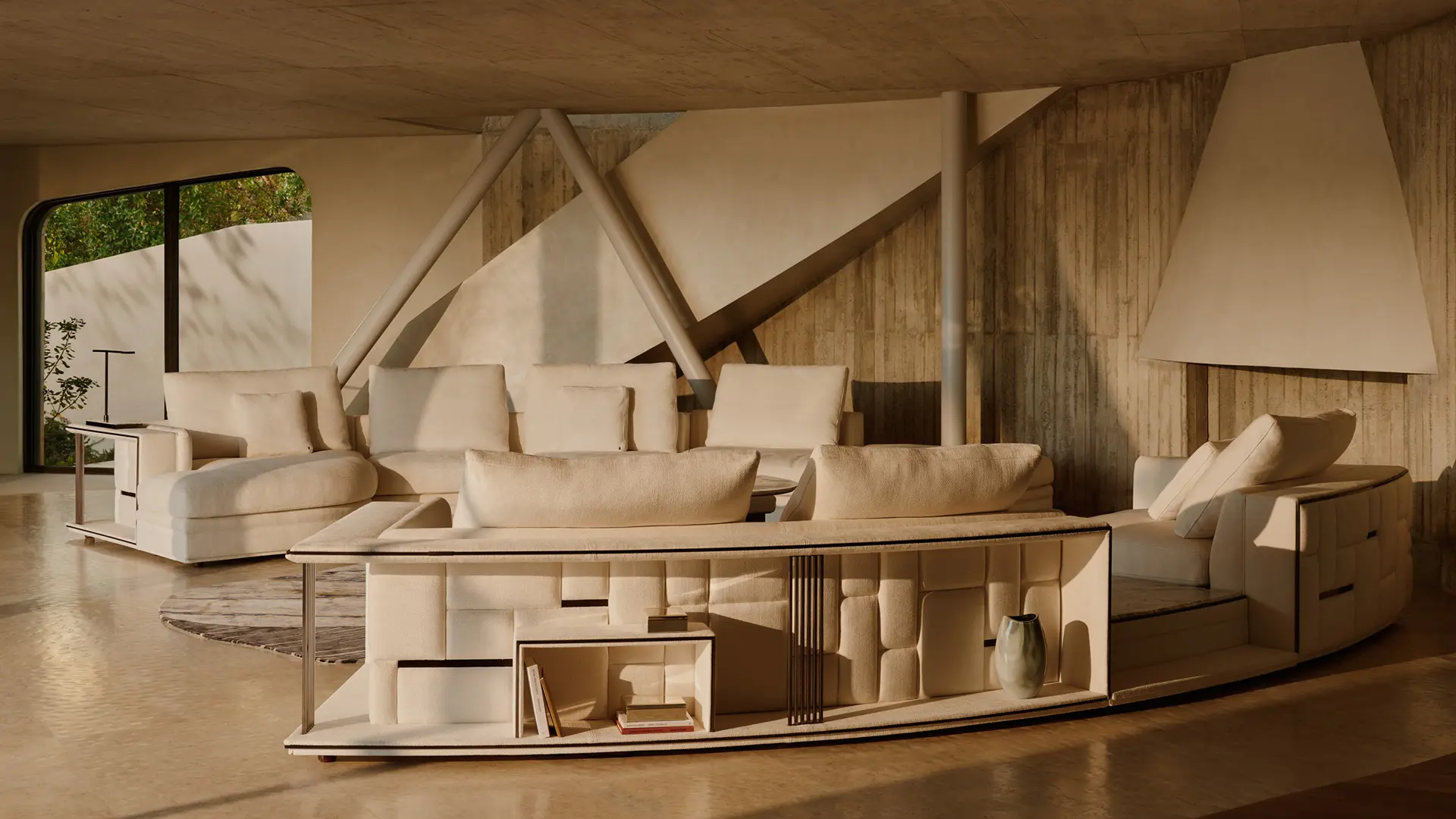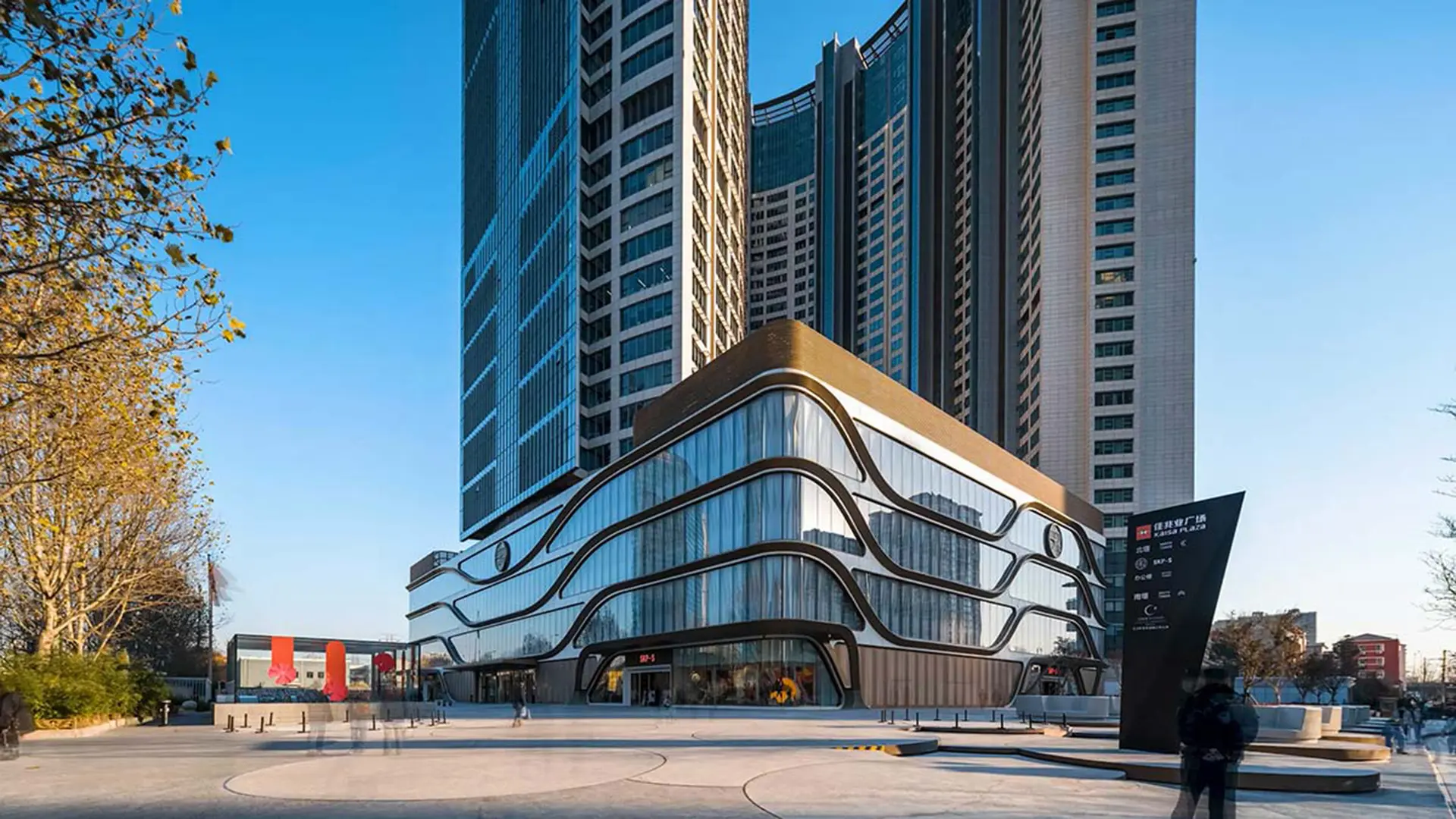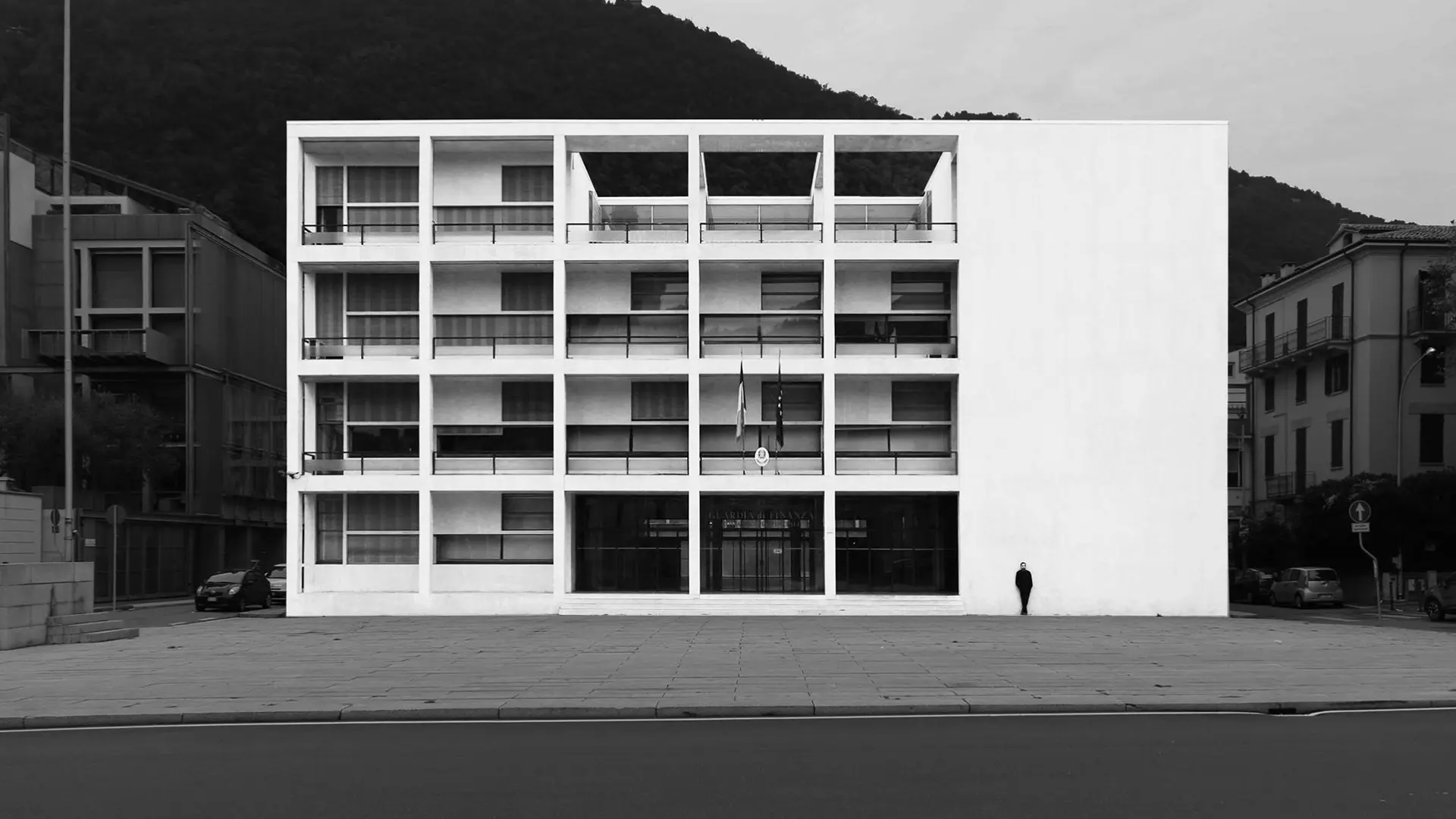From fiction to real life, homes are an undisputed economic and social pillar: by 2050, the residential sector is likely to rise 50% and become a strategic driver of employment, investment and quality of urban life
Design Museum Brussels, at the heart of the city’s cultural debate
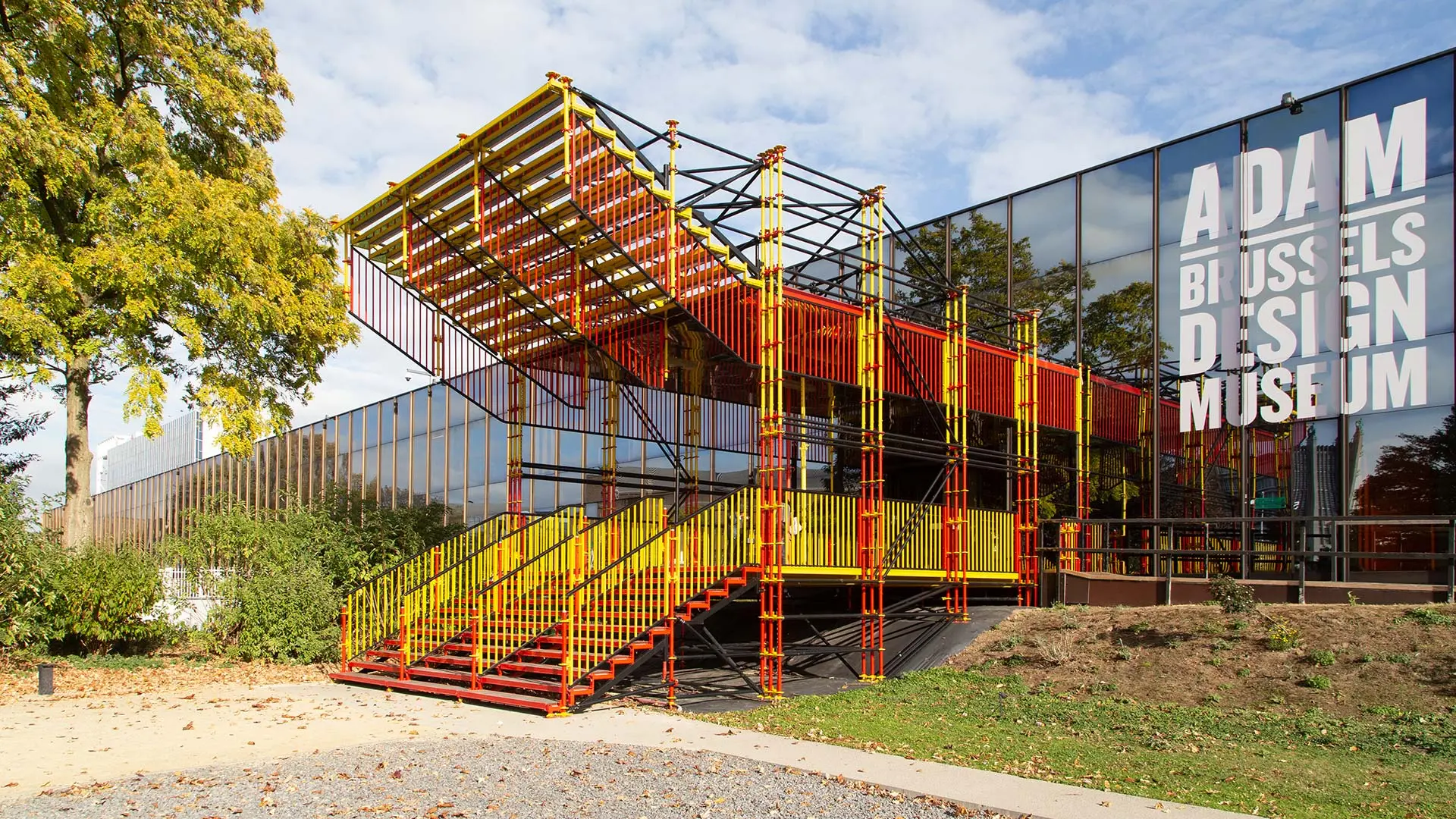
Design Museum Brussels entrance
An interview with Arnaud Bozzini, Director of the Design Museum Brussels since it opened in December 2015. He talks about its inception, its evolution and prospects for the future
The story of the Design Museum Brussels is a very recent one. It officially opened in December 2015. Initially called ADAM – Art & Design Atomium Museum - it is linked with the Atomium, a monument built for Expo 58 and which has recently been restored as a new tourist and cultural hub for the capital. Arnaud Bozzini, the museum’s director, is one of the protagonists of the birth of the new historic and contemporary design hub. He told us about it, starting from the beginning:
“In 2013 I wasn’t yet working full time for the Atomium, but was a freelance curator. My meeting with Philippe Decelle, a well-known artist and collector, famous in Brussels for his important collection of plastic objects, proved fundamental for the genesis of the museum. I then proposed the acquisition of what was to become the first piece in the Design Museum Brussels to the director Henri Simons and the board of the Atomium.”
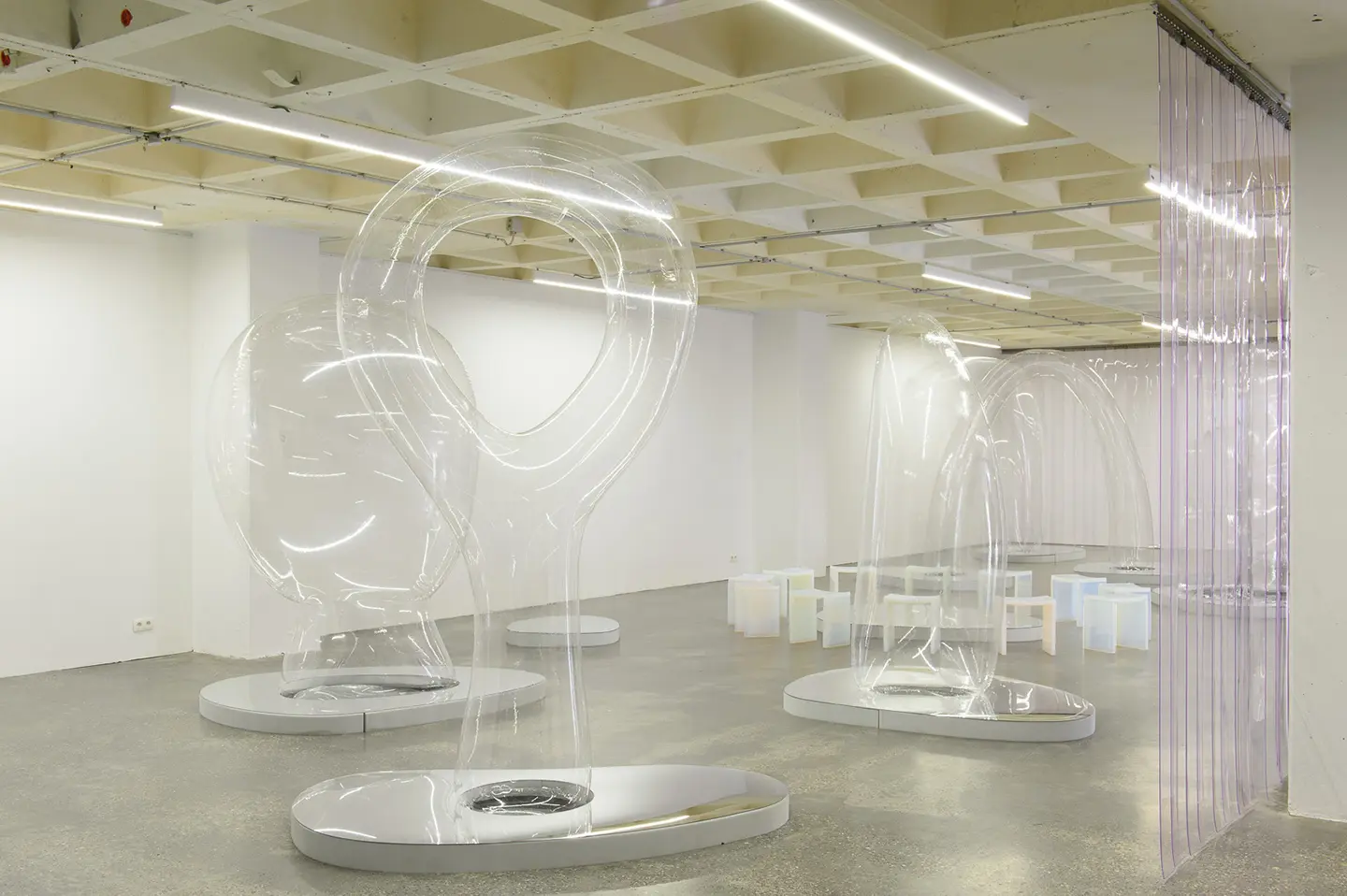
Objects of Common Interest, Standing Stones installation view at the Design Museum Brussels
There’s a Seventies building next to the Atomium, which was then partially abandoned. It was earmarked as an ideal place for creating new exhibition spaces for the city. “The building was a shopping mall, and still contains a few shops today. But it’s very, very big. The museum only occupies part of its over 5,000 m2 footprint. A coloured staircase was built by the French architect Jean Nouvel to mark the entrance, accessed through a large garden. The part of the building occupied by the museum was renovated by Lohas & Lohas Architecture, which adopted a “box within a box” spatial strategy, leaving the Brutalist character of the original structure intact.”
While the Plastic Design Collection was the first fundamental strand in the birth of the museum, Bozzini’s acquisitions policy is broader and expanding. “The museum isn’t just geared to plastic, but to design in general. We opened a second permanent exhibition in September 2020, devoted to Belgian design and its history. We purchase or are given historic and contemporary pieces, and dialogue with institutions, companies, editors and designers. As of next year, we plan to work further on this side of things, and increase the dedicated budget, as well as setting up an acquisitions committee.”
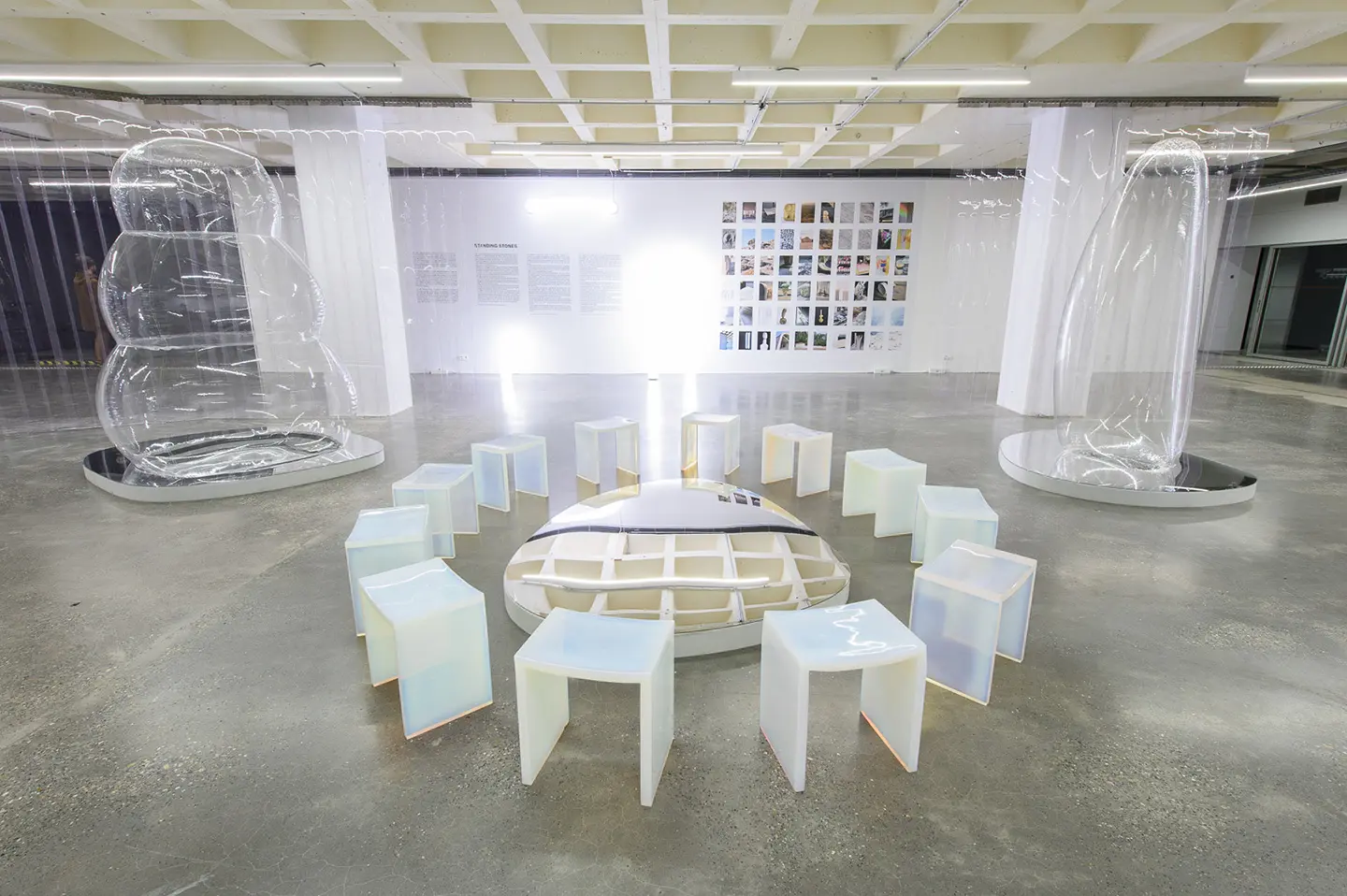
Objects of Common Interest, Standing Stones installation view at the Design Museum Brussels
The Design Museum Brussels planning is mainly focused on the history of design, analysing its cultural, social and political aspects, but it is also open to contemporary design, with an annual programme of temporary exhibitions of more experimental and collectors’ design. For example, there was the 2020 Standing Stones exhibition from the Objects of Common Interest studio – a series of ephemeral and monumental installations, primitive and contemporary transparent rocks inspired by the archaic culture of the Cyclades and the work of the Romanian sculptor Constantin Brancusi.
Within the space of just a few years, Design Museum Brussels has become a fundamental hub of cultural debate in the city. “We are more conscious than ever of the role of design, which is central to many everyday issues. I really enjoy wandering through the galleries of the museum and listening to the people and different generations discuss the objects and their collective memories, their meaning for the community and society. We are talking about objects that may even be in everyday use, not luxury goods. These are functional and useful, not just good looking.”
Just the right mix of research and divulgation, as well as its links with a monument such as the Atomium, have drawn a broad and varied public into the museum.
Bozzini ends our conversation by talking about the next steps for the museum: “Our idea for the future is to work on solo shows devoted to specific themes, attempting to grow our public while forging connections with other arts environments, and narrating our collections from different points of view, looking at the many aspects of design.”


